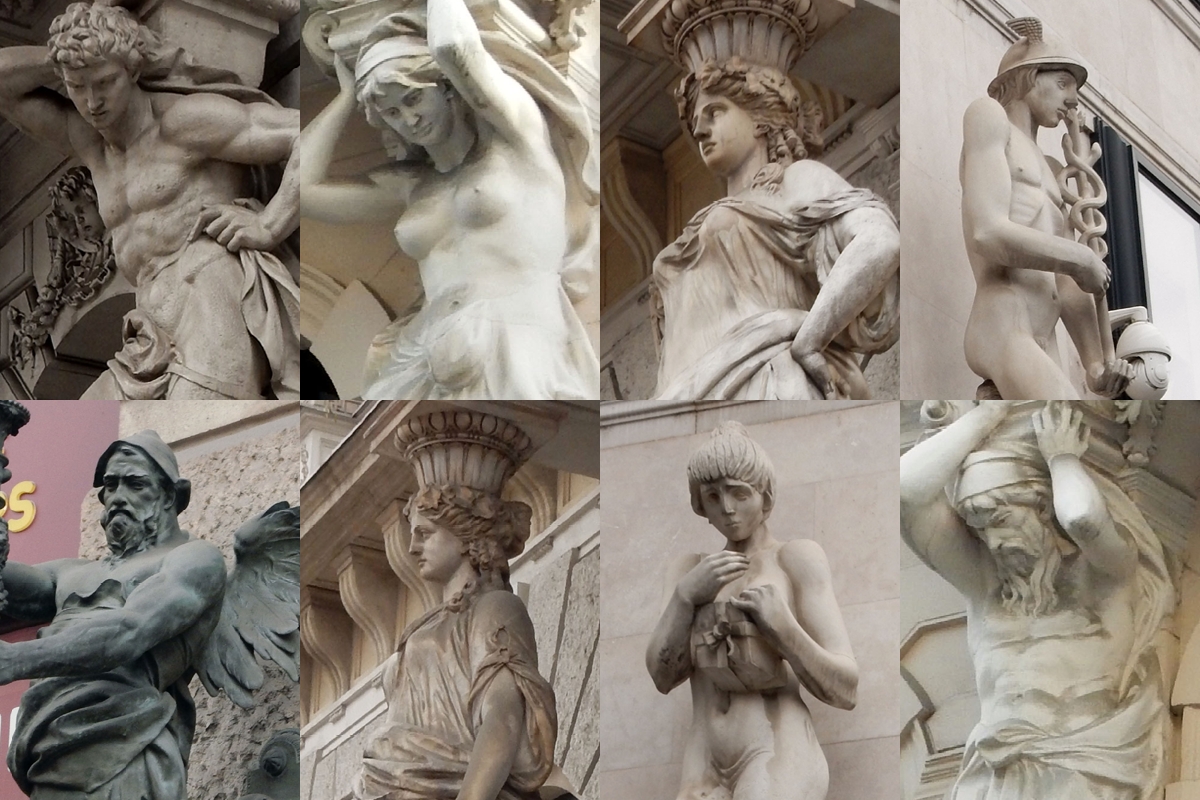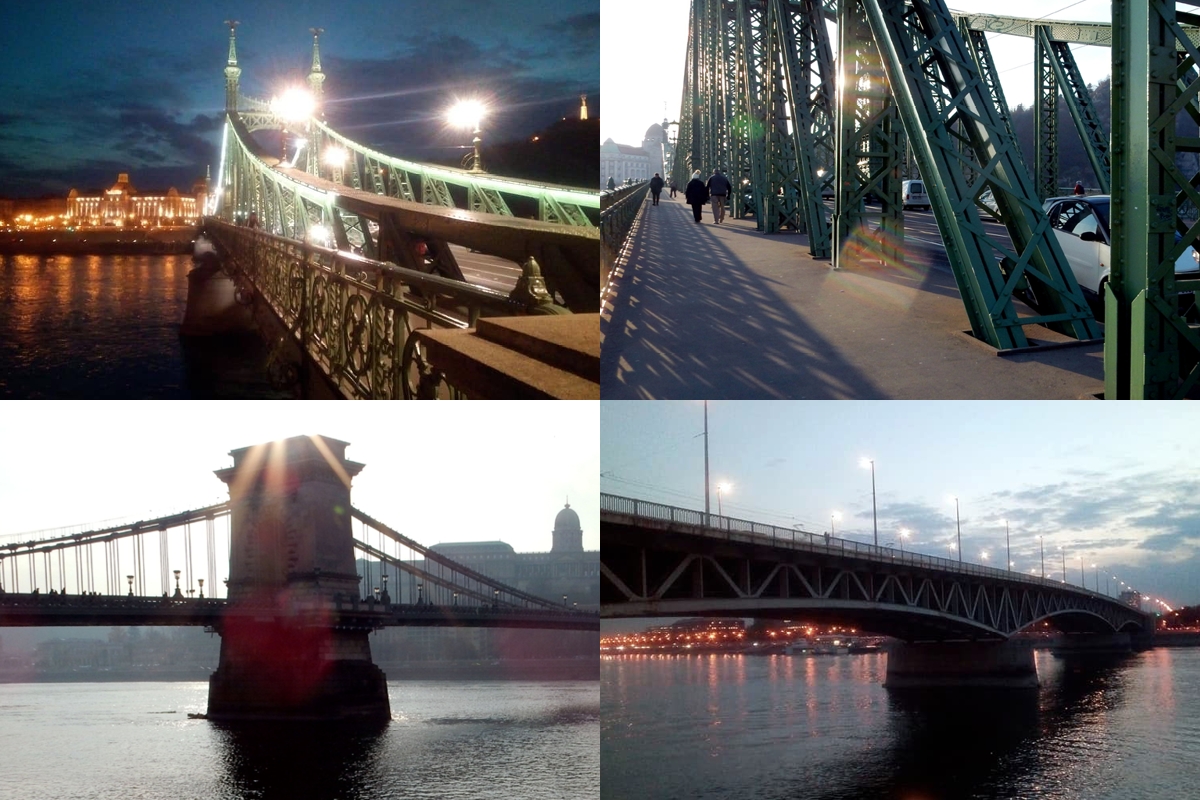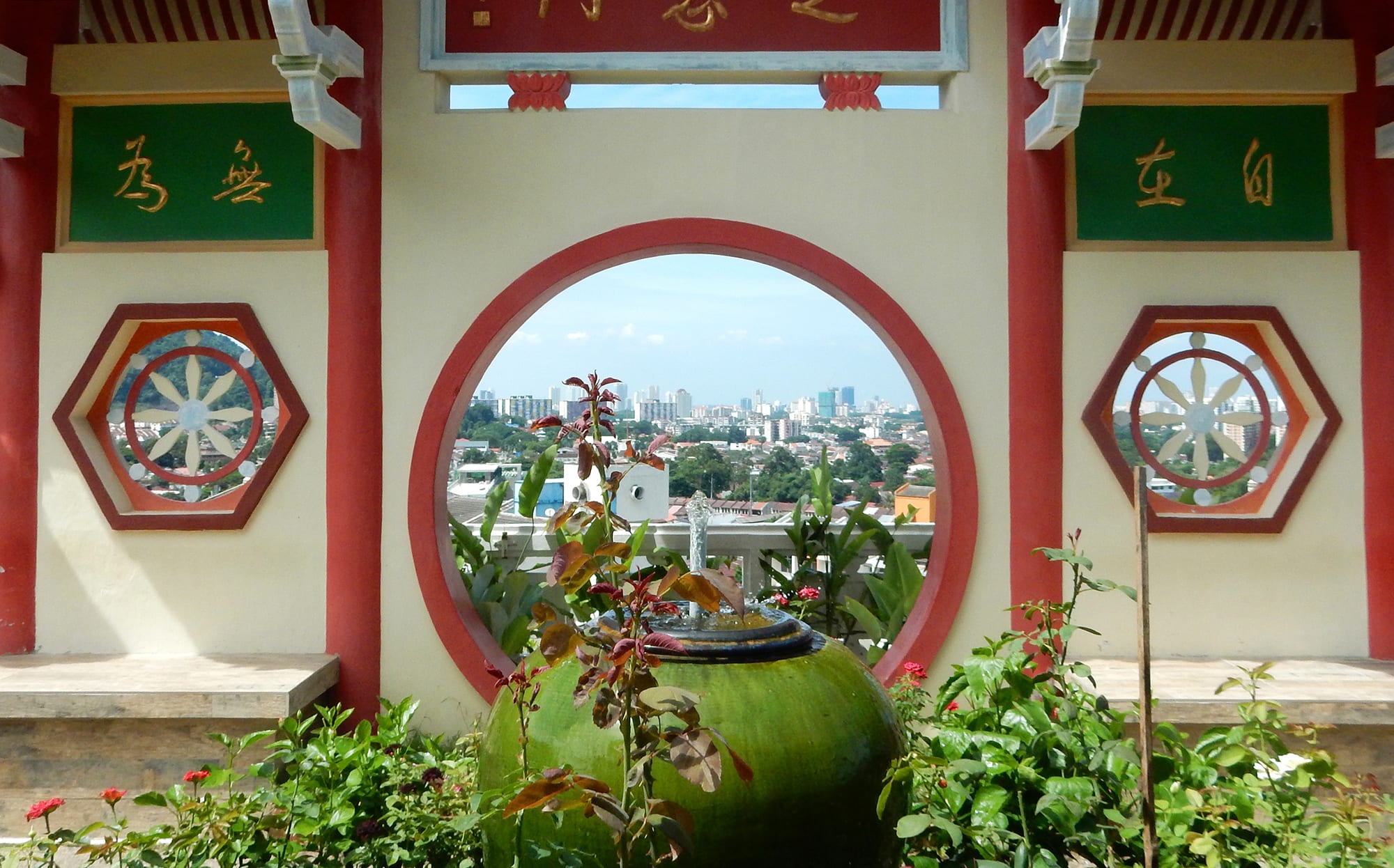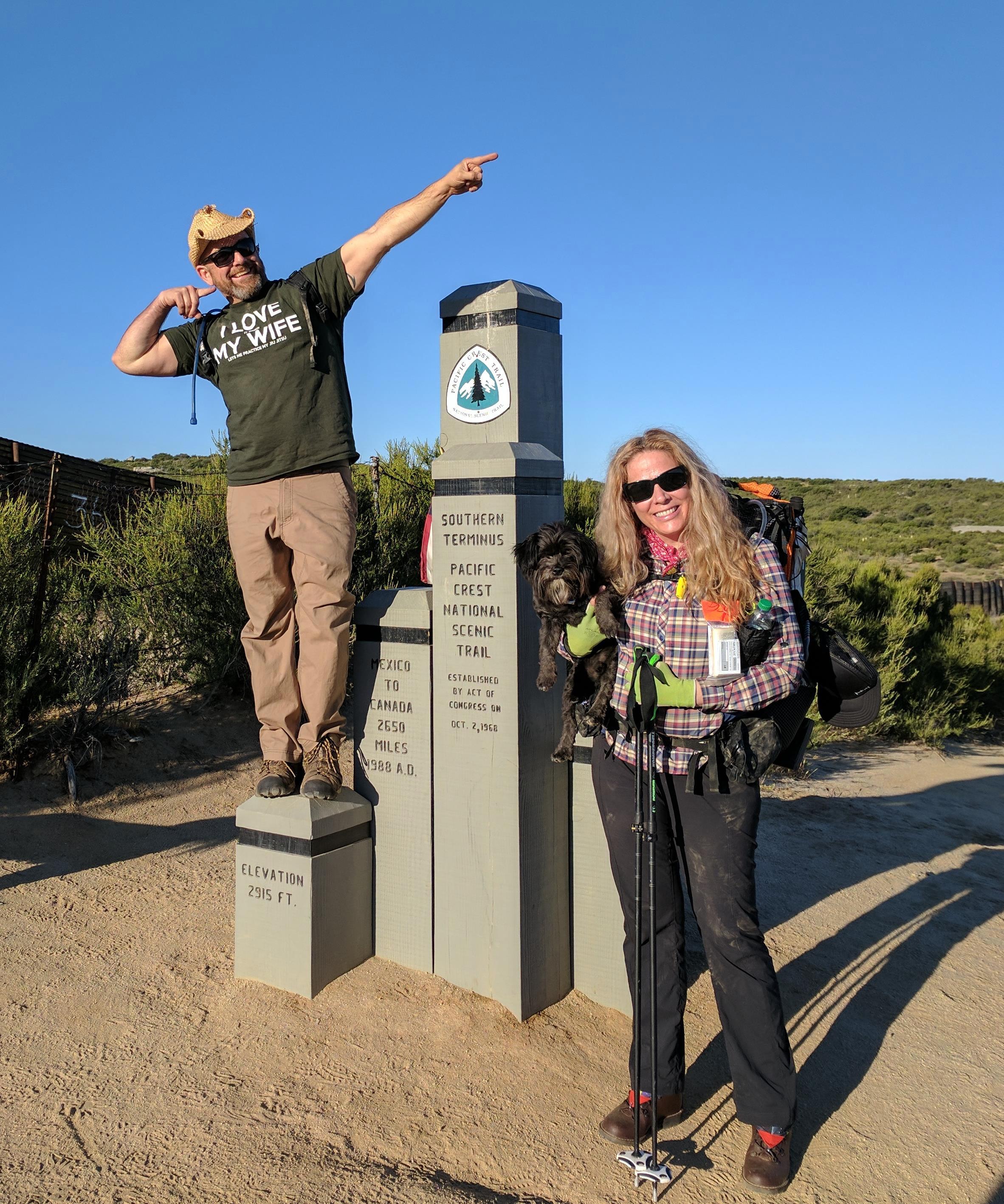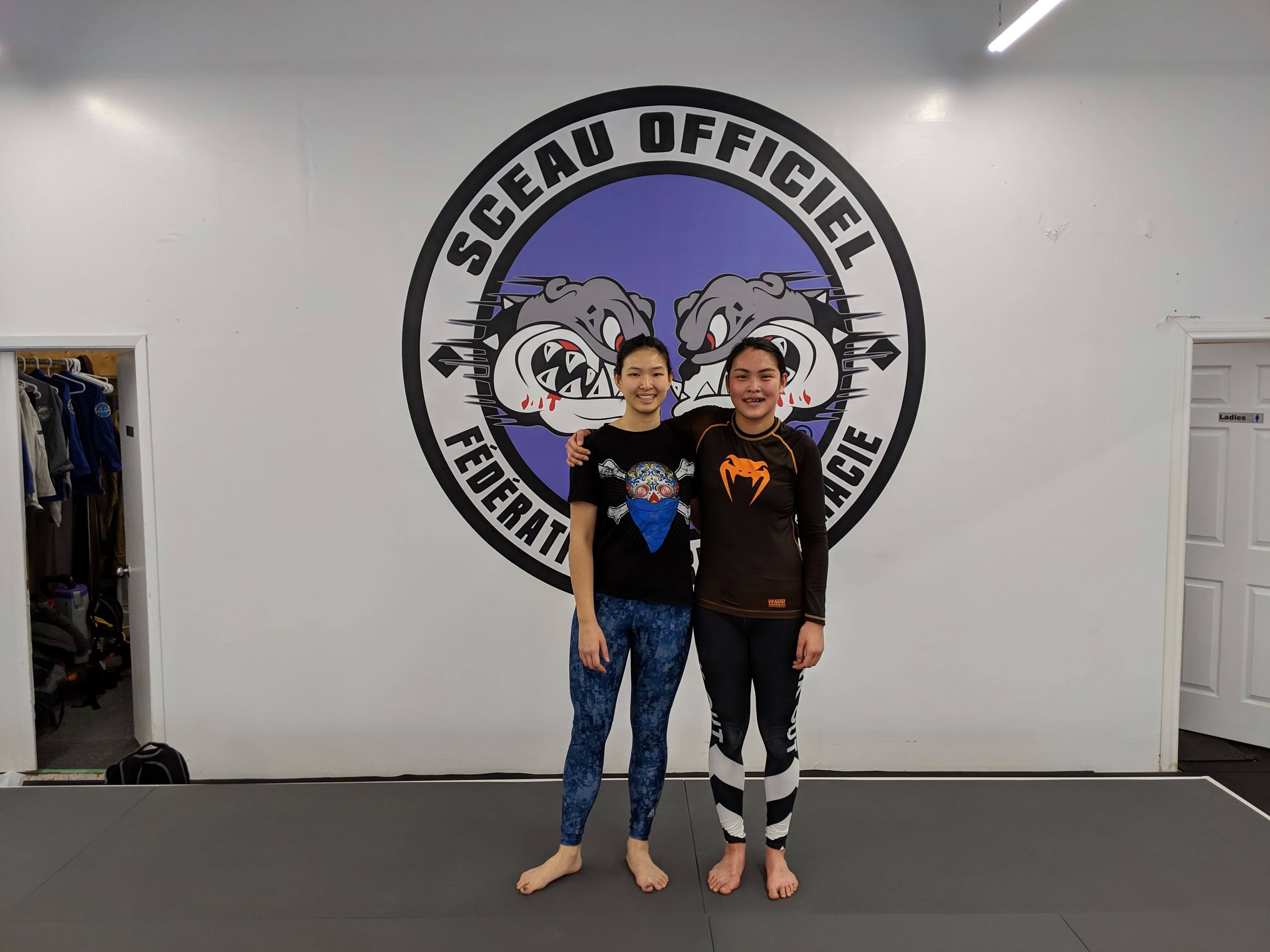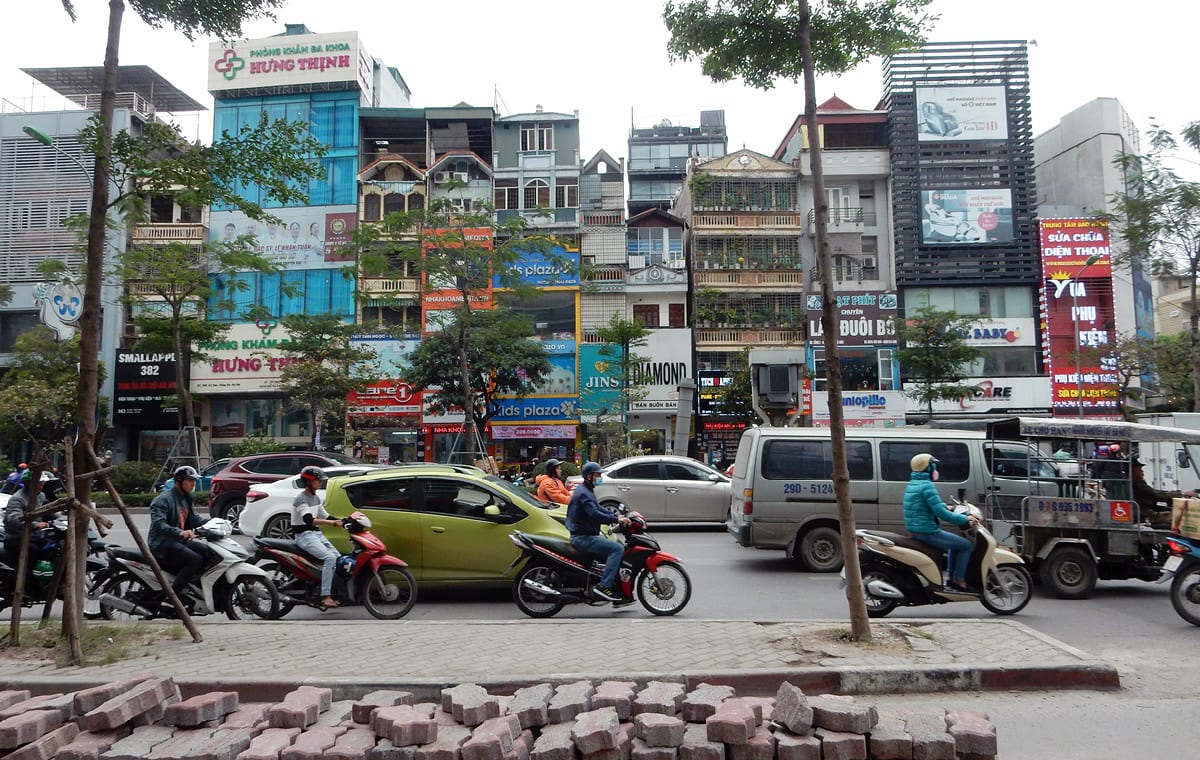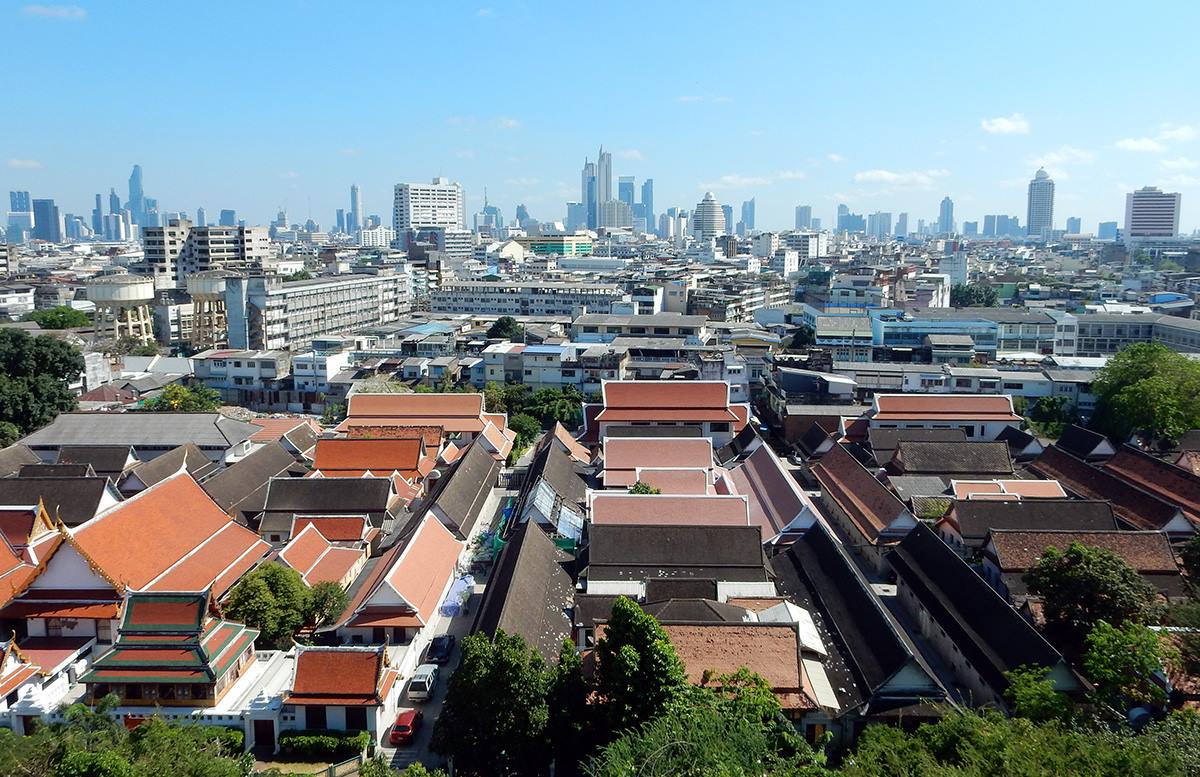Winter in Budapest, Hungary
Reasons to go: Affordable, great food, many historical sites, buildings/sculptures/monuments of breathtaking grandeur, ruins pubs, thermal baths, caves, markets, great public transport, pedestrian friendly city center, safe for solo female travelers, many BJJ gyms
Budapest is SO grand! Everything about it is on a scale just a little larger than a normal life. The streets are spacious, city center is huge. Concrete buildings span block after block many stories high. The facades of even ordinary buildings are beautifully ornate with carved stone textures and romantic figures. It really seems like you can’t walk 5 minutes in any direction without running into another beautiful monument, statue or city view!
Budapest was originally 2 separate cities (Buda and Pest) which were combined in the 19th century and now function smoothly as one. The Buda side (which has nothing to do with the Buddhist religion/philosophy) is on the left, the Pest side on the right. The Danube river run between the two sides of the city and is crossed by 8 bridges – massive things spanning many lanes of traffic, with spacious sidewalks on both sides and tram lanes down in the middle. You can feel the vibrations of the trams in the soles of your feet as they pass while you’re walking across. Each bridge is built in a different style and has a unique history about how it was built.
The Pest side is mostly flat. Standing on the summit of one of the low hills on the Buda side looking across the river, you see a grid of tall buildings stretching to the horizon in every direction, broken up periodically by the rounded domes churches and pointy castle towers.
Standing on the banks of the Pest side near city center and looking towards the Buda side, you see low hills covered with building. Depending on where you are, you might be able see Buda castle on a summit overlooking the city, or the tree-covered Gellert Hill with giant statue of lady holding a palm leaf above her head (the Liberty Statue) on the summit.
Budapest (at least near city center, which is huge) is very much a tourist city. Art, history, castles, cathedrals, monuments, museums, markets, city parks, caves, dining, spas, nightlife – this city has it all, and could easily entertain a visitor for days. It’s also a very accessible city due to great public transportation. Wide boulevards crisscross the city in a fairly regular grid pattern making it easy to find your way around.
I was in Budapest twice for this portion of trip: for 2 weeks in October on the way to Serbia, and for a bit less than a week returning from Serbia, heading to Belgium. The reason was this was partly logistics – it’s an easy connection from Budapest to anywhere using budget airlines. But it was also due to my desire to see Budapest (again). Despite three visits, still I feel like I’ve only just grazed the surface of what the city has to offer. It’s grandeur beautiful and breathtaking. It never seems to get any less impressive and there’s always new things to discover.
Logistics
Transportation
Transportation consists of buses and trams above ground, an underground metro, and boat (which I didn’t try). The airport is quite far from city center, but very accessible due to buses/metro that run there and back frequently.
Public transportation passes can be purchased from a ticket counter at the airport or from ticket machines at almost any tram/metro stops. The passes are simple small paper receipts, so make sure not to throw them away on accident! Multi-day (unlimited ride) passes work on an honor-system basis – passengers are responsible for having a valid unexpired ticket but don’t swipe or show it to anyone upon entering the tram/bus. You can purchase an unlimited rides pass for 1, 3, 7 days, or a full month which is valid for all means of transportation. There’s also an option single ticket 10-packs of tickets.
Alphabet and Language
The main language spoken in Budapest is Hungarian though many people speak English as well. The Hungarian alphabet is Latinic, so most of the letters look similar to the American/European alphabet, though it does include some additional accented letters, trigraphs (chunk of three letters together with specific significance) and digraphs (two letters together with specific significance). Also, Q, W, X, Y weren’t part of the original alphabet in the past but are now often included to spell foreign words.
Tourist Time!
Food
Hungarian food is SO good, and comes in really generous portions! The meals I tried consisted of hearty stews, pasta/veggie/meat combos covered in thick sauce and served with pasta or rice, and street food of veggies and sausage or other meats served on pita-like breads. Hungarians love paprika, make it well, and use it in just about everything.
Food near the city center is, of course, much more expensive due to tourism. And, have been told everything on the Buda side is about 10% more expensive then on the Pest side, but by chance I didn’t happen to dine there so can’t confirm from personal experience.
For those who like alcohol, two noteworthy drinks are unicum and tokaji. Unicum made of a mixture of herbs and taste bitter, a little like Jagermeister. Tokaji is a special wine from the Tokay region, which is supposedly very sweet (I didn’t get the chance to try it). There’s also mulled wine (hot red wine with spices) in the Christmas markets (which I personally LOVE), but most European countries have some variation of this so I don’t think it’s an especially Hungarian treat.
And then, there’s chimney cake! It’s a doughy holiday pastry with a slightly crispy exterior, coated with topping of your choice, cooked over coals and served hot. I tried the cinnamon sugar variety, which tasted a little like a cinnamon roll. Very delicious! One cake is probably meant to be shared between a group of people (they’re pretty huge), but I ended up eating the entire thing myself. No regrets!
Central Market
Here you’ll find fresh veggies, cheese, meats, drinks, pastries, spices, textiles (lace and pretty embroidered cloths), cookies, many handcrafted goods, and a wide assortment of souvenir items. It’s quite a big space with many rows of shops and two floors, with most of the non-food items upstairs. The atmosphere is colorful, lively, busy yet casual. The customers are a mix of local people purchasing weekly groceries and tourists checking out the ambiance and souvenir items.
Christmas Markets
Christmas markets in Budapest used to be smaller events for primarily local people, but have recently become a huge tourist attraction. It’s a cheerful and lively atmosphere, with many enticing smells of cooking food and pastries as you walk through, holiday lights and music in the evening. Here you can find great street food (warm meals, chimney cake, mulled wine and unicum), an assortment of handcrafted goods, spices, winter clothes (like cozy wool socks), and various holiday stuff (such as small ornaments).
Fisherman’s Bastion
This area consists of Matthias Church, a statue of King Saint Stephen on a horse, and seven towers representing the seven original Hungarian (Magyar) tribes. It’s situated on a hill with one side offering an amazing panoramic view of the city and Danube river below. All the buildings and walls are made of pale tan/grey stone, with brightly colored geometric patterns on pointed church roof – very beautiful.
Be warned, it’s not that big of an area and is a HUGE tourist attraction. Expect the area to be filled with hordes of people taking selfies and guides leading large groups around – you won’t find much peace and quiet here.
Shoes on the Riverbank
Along the banks of the Danube near the Parliament on the Pest side you’ll find a memorial that consists of 60 normal-size shoes made of irons in styles that men, women and children. These are a tribute to the nearly 20,000 Hungarian Jewish people that died during World War 2. Here, Jewish people were lined up along the banks and shot so their bodies fell into the river. Before being killed, however, they were forced to remove their shoes, which the soldiers later resold for profit. People today leave small offerings of flowers, candies and money in the shoes.
Pálvölgyi Cave
Budapest has an extensive system of caves formed over millions of years by hydrothermal water. I took an “adventure cave tour” and thoroughly enjoyed the experienced, which consisted of wearing caving suits and helmets then crawling, squeezing and climbing through a network of tunnels in total darkness (except for the headlamps) for a couple hours. The group was quite small (just two others besides myself and the guide). The guide was a passionate caver herself, and knew much about the history of caves in Budapest. At different points throughout the tour, she gave us a couple different options of which paths to take depending on whether we wanted more climbing, crawling, or squeezing through tiny spaces. Good times, well worth the money!
Thermal Baths
Mineral rich thermal springs underneath Budapest supplies naturally hot water to many baths throughout town. These were first created by Romans (who believed they had miraculous healing properties), further developed by the Turkish and Austrian people who later inhabited the city, and are still quite popular today. Those on the Buda side are Turkish in origin, which doesn’t mean anything significant as far as what you’ll experience there – it just refers to the time period from which they originate.
Things to know: In some smaller, less touristy places, certain sections of the pools or certain days are restricted to either men or women only. Also, the water is often a little murky. This is because of the high mineral content, not because it’s dirty. You should plan to bring your own swimsuit, towel, and sandals (though you can pay to rent one if not).
Széchenyi Baths (on the Pest side) is the biggest and grandest of them all, featuring 15 indoor thermal pools, 3 outdoor pools, and a spa/massage place upstairs. It’s a very impressive space in size, architecture and decorations. One word of warning though – it’s a very popular tourist hotspot and can be quite busy/crowded.
On my most recent trip, I tried a much smaller bath called Veli Bej (on the Buda side), off the tourist path, to see what a more local, authentic experience was like…. and also because my hostel gave me a coupon for 20% off, making it less than half the price of any of the others. Cheers to the budget life! I wasn’t sure what to expect, but it turned out to be a real hidden gem.
Veli Bej bath house consisted of one large hot central pool, 4 smaller cold water pools (which I didn’t touch because I hate the cold), and a handful of very small (3-4 people) sauna rooms. The decor was simple but elegant – rough stone walls and a glass ceiling showing the night sky in the exterior hallway, large arched doorways encircling the central main pool, and dome ceiling high above punctuated with a geometric pattern of holes. Small lights at regular interval give the space a cozy, dimmed atmosphere. It was moderately busy, but not to the point that it was obnoxiously crowded, with a very local vibe.
I think the Romans’ belief that the water has mythical healing properties might actually be true. One of my fingers has the cuticle all roughed up and damaged from training, which had been painful and irritated for the last two weeks. But actually looked and felt MUCH better after my evening in the thermal water!
Around Hero’s Square
This area (on the Pest side) consists of a very large park crisscrossed with walking paths, a small lake, Vajdahunyad castle (small but very pretty, with a handful of nice sculptures), and Hero’s Square. It’s a nice area to go for a walk/jog.
At the center of Hero’s square is a huge pillar with sculpture of archangel Gabriel on top, ringed by the seven chiefs of Magyar on horses at the base, looking SO majestic and fierce! Behind them are a series of columns with more statues of important historical figures, all beautifully rendered with great detail.
Gellert Hill and Liberty Statue
Gellert Hill (located on the Pest side) consists of a large tree covered hill with meandering paths and many splendid lookout points providing great city views (especially at sunset). The summit features the Liberty Statue, a larger-than-life statue of a lady holding a palm leaf symbolizing freedom, liberation and prosperity dedicated to the soldiers who gave their lives in World War 2. Besides it are two smaller (but still huge) statues of figures holding flames in dramatic poses. It’s a really nice place to go for a walk/jog, though be warned – the summit is another huge tourist attraction and often very crowded.
Training
Partly due to the large number of gyms throughout the city and partly to the shorter periods of time I was here, I didn’t have a “home gym” in Budapest but took the opportunity to visit many different locations instead.
Carlson Gracie is the biggest team in Budapest, with an incredible 14 locations throughout the city! Oddly, most of these don’t show up on Google Maps when you search for BJJ, but you can see a nice map of their locations throughout the city here: https://carlsongracie.hu/globetrotters/
CG Titan Team
One of the smaller locations a bit further away from city center, but super welcoming and friendly atmosphere! The gym had just moved to a new location so the facilities were very modern and bright. Besides BJJ, the gym offers personal training and fitness classes. Instructor Körmendi Dezső was one of the first people I talked to about training in Budapest. He and introduced me to the instructors of a couple of the different locations around town, I had the opportunity to join him for the advanced class at the Headquarters location as well. Giant thanks!
CG Headquarters
This location was the largest in terms of facilities and number of students, and had the greatest number of higher belts. Upon invite I joined for their advanced class expecting some very challenging, tough and technical rolls – and they certainly did deliver on that!
CG Warrior Team
The location of this gym actually doubles up as an archery gym and shop by day! When it’s time for class, the students roll up the floor in the archery shooting range to reveal mats underneath, which I thought was pretty unique.
In addition to the Carlso Gracie gyms, I had the opportunity to train at the following two ZR gyms.


